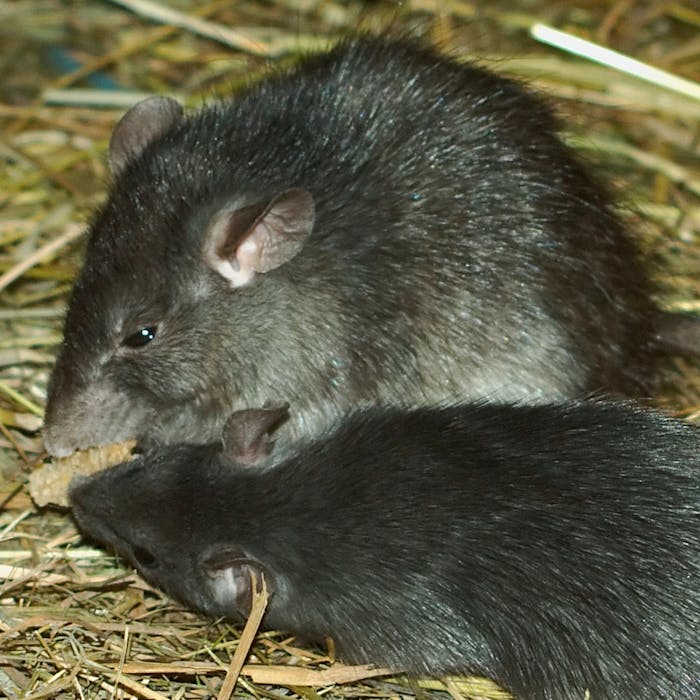
The Black Rat - gone but not forgotten?
The legendary Black Rat, whose rather wonderful Latin name is Rattus rattus, was the agent of the Black Death in Medieval Britain. Consequently, you may be glad to hear that this rodent is now extremely rare - possibly extinct - in this country.
The black rat, also known as the ship rat, is thought to have arrived in Britain with the Romans 2,000 years ago in ships and their crates of cargo. It may have originated in India, or possibly Malaysia, and been carried along Roman spice trade routes.
Fleas on black rats brought the plague to Europe in the Middle Ages, when they came with the last Crusaders returning from the Holy Land in 1348. The Black Death killed three million people in England – over half the population at that time.
Black rats live in packs of between twenty and sixty, and eat mainly plant matter such as seeds and fruits. They are primarily nocturnal and very agile, climbing ropes and brickwork and gnawing their way into wooden buildings. They are also very good swimmers.
The black rat differs from the now commoner brown rat in being smaller, with comparatively larger eyes and ears. They are adapted to a more arboreal life - hence their climbing ability. This meant the black rat was well-suited to life on board ships, in docks, or in the rafters of thatched cottages.
Though still common worldwide, the black rat is again largely confined to warmer countries, and has declined in Britain since the introduction of the brown rat (Rattus norvegicus) in the 18th century. In addition to the brown rat being larger and more aggressive, the change from wooden structures and thatched roofs to bricked and tiled buildings favoured the burrowing brown rats over the climbing black rats. In addition, brown rats eat a wider variety of foods, and are more resistant to weather extremes.
The black rat however remained common in seaports and major cities until the late 19th century, but are one of the rarest mammals in Britain now, their numbers having diminished over the last fifty years as dockyards, which served as their last outposts, have been modernised. It is believed that there may still be transient populations in the old docks areas of Southwark in London, and Avonmouth in Bristol, and some small numbers on offshore islands, but they are largely thought to be extinct in this country.
Further reading
Links to external websites are not maintained by Bite Sized Britain. They are provided to give users access to additional information. Bite Sized Britain is not responsible for the content of these external websites.
